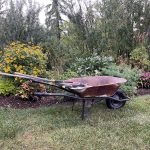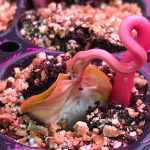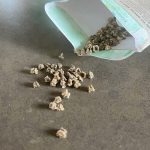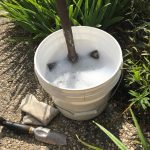When to Divide Perennials
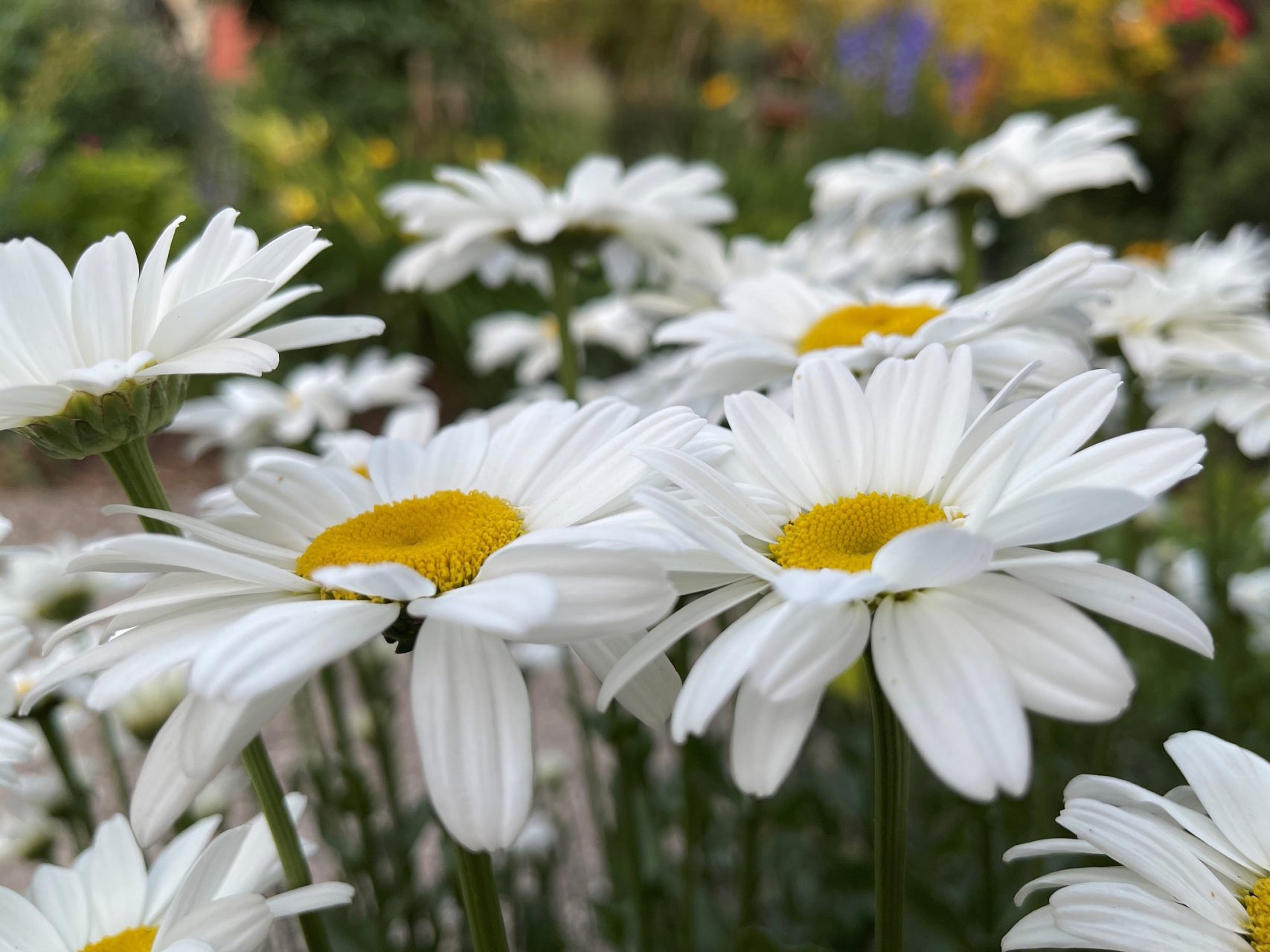
Perennials can be divided any time during the growing season. Each portion of the growing season, whether it is spring, summer, or fall, has unique challenges for the separated plant.
However, Autumn provides a unique window to divide perennials.
The cooler weather provides an opportunity for roots to establish while the metabolic demand for photosynthesis is lessened, resulting in an overall decrease in stress for the perennial resulting in a more favorable outcome.
Reasons to Divide Perennials
Perennials are divided for 3 main reasons:
- A large clump is taking over a bed.
- You’d like to share it with someone or plant some in another area of your yard.
- The clump isn’t thriving, which is particularly the case with Irises that benefit from division every three years or so.
How to Divide a Perennial Successfully

Successful perennial division is related to minimizing root damage, planting them in great soil, and attentive after-transplant care.
First, use freshly washed tools. Hot soapy water will do the trick, bleach is unnecessary, but if you’d like to use it, that’s okay.
Sometimes I cut my perennials back a little, but it depends on the plant.
I don’t cut back short plants like Irises but larger ones like Hostas and Daylilies, I trim no more than 30-50%, to decrease the metabolic load on the plant after replanting.
If you are transplanting the perennial division to another location in your garden, prepare the transplant hole first.
Wondering what a great transplanting hole looks like? Check out How to Prepare a Great Planting Hole.
I have had success with 2 different perennial division methods.
Perennial Division Method 1: Dig out the Entire Plant and Divide
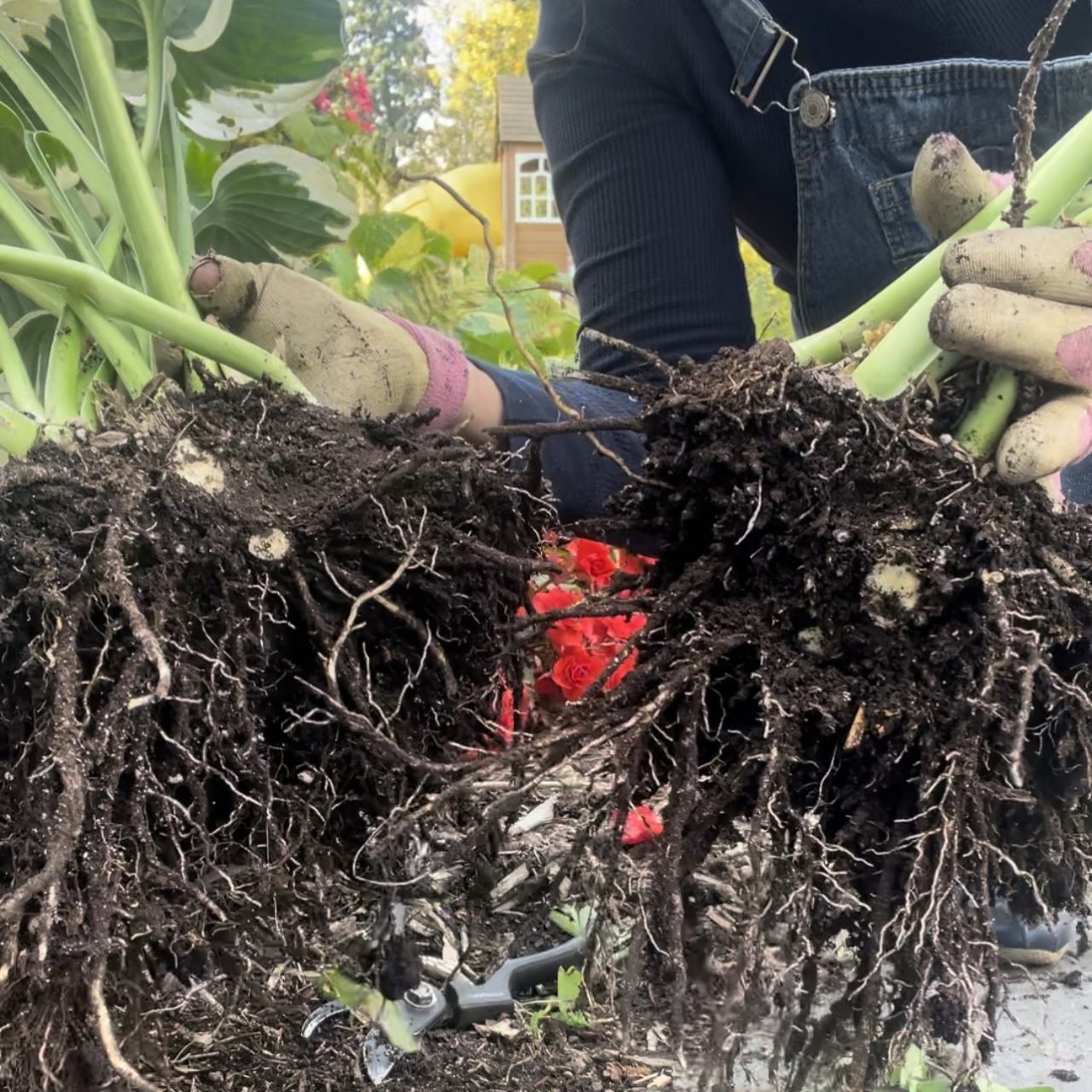
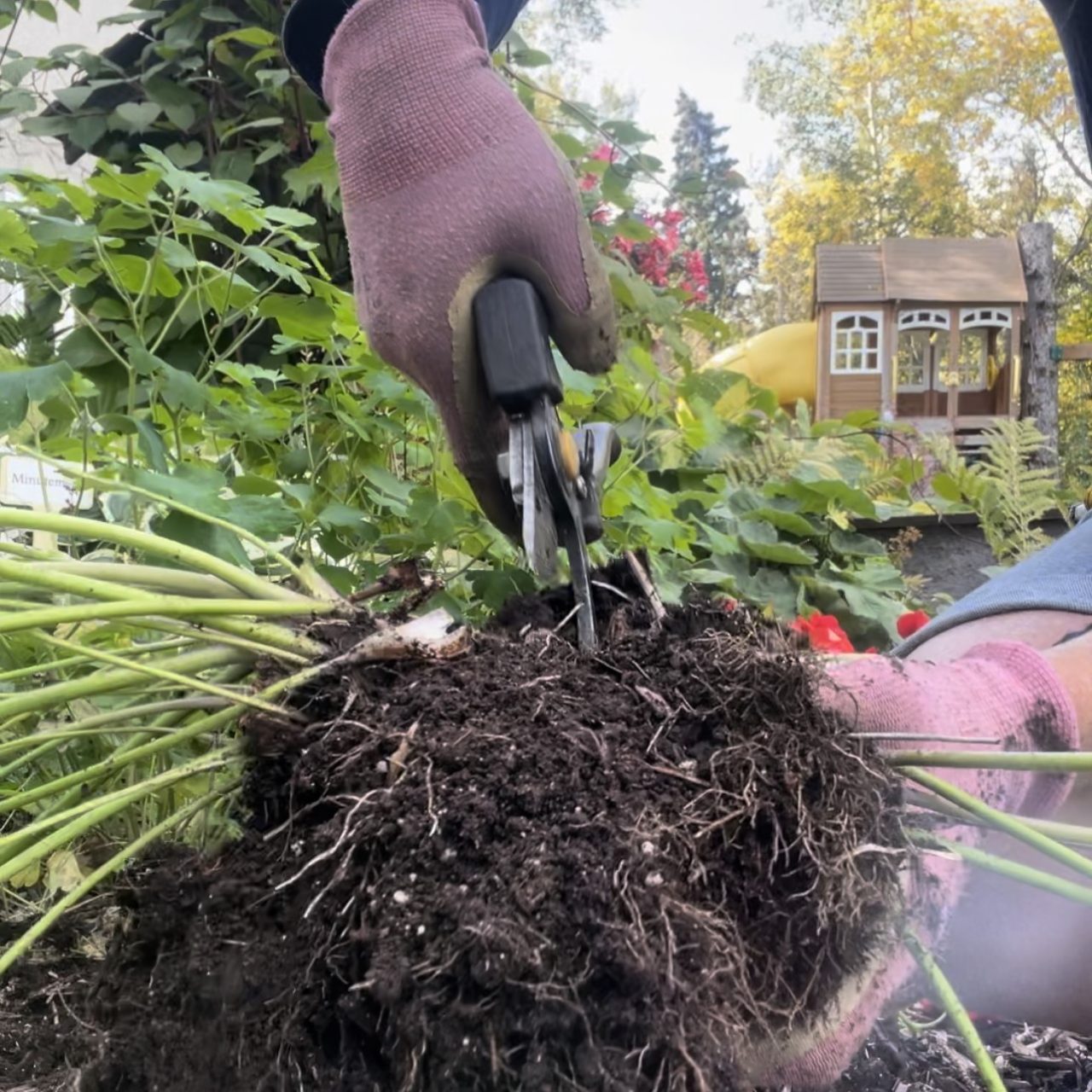
With this first method, I lift the complete perennial rootball out of the ground and divide it.
Some root clumps will divide quite naturally and you can use your bare hands to separate them, but others will need to be divided with clippers or something stronger.
Perennial Division Method 2: Split off a Portion While to Clump Remains in the Ground
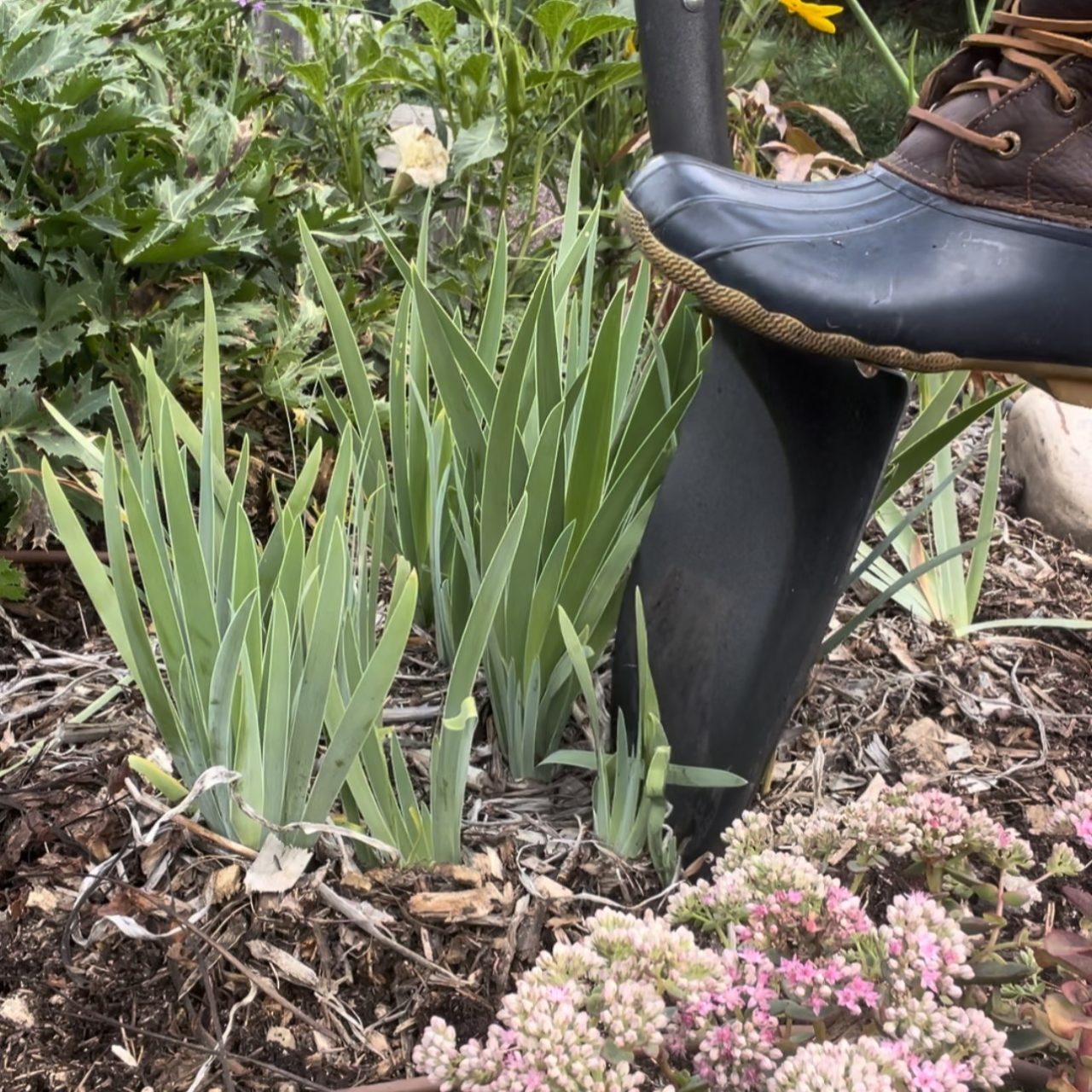
This method of perennial division leaves the main clump in the ground and slicing off a portion with a clean shovel.
Using a clean shovel, shave off the portion of the perennial clump as needed.
Not all plant divisions are easy, particularly dividing grasses and peonies.
Once you have your divided portion, plant it in the prepared space and top up the new division with fertile soil so that it is even with the surrounding ground.
Water the perennial division well, making sure to permeate the entire root, and top off the new planting with mulch.
Monitor the new transplants and water them to keep the soil evenly moist until the weather gets very cool. If you divide your perennials in the fall with care, you’ll be enjoying beautiful plants this spring!
Related Blogs:
- How to Successfully Move a Perennial
- A Step by Step Guide to Successfully Move Perennials
- When is the Best Time to Move Perennials?
©Sharon Wallish Murphy ©Gardening with Sharon











